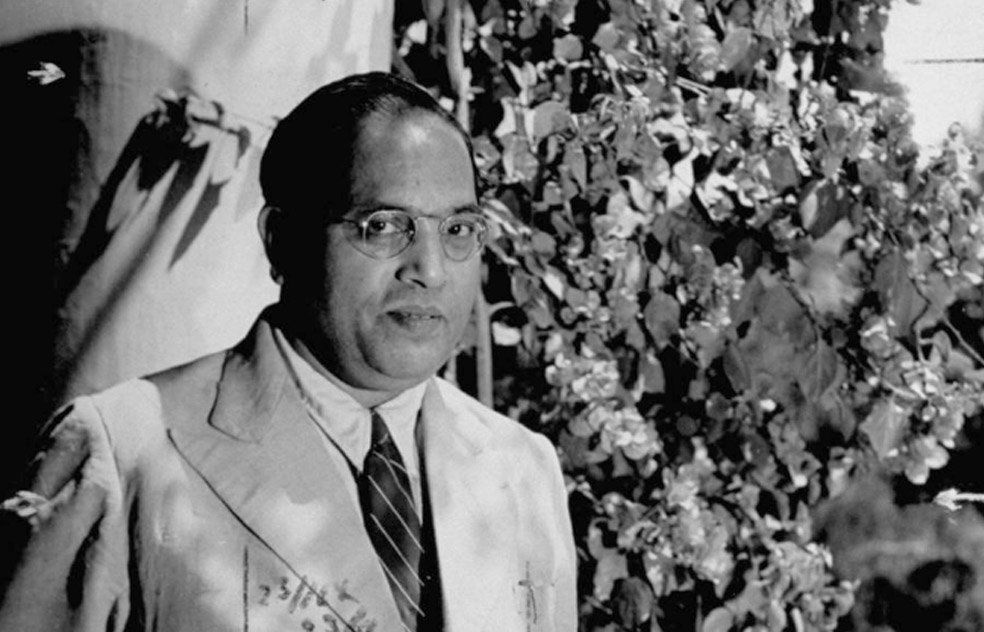Ambedkar’s sociological perspective on the caste system in India
June 9, 2023
Context: Article talks about the views of Dr BR Ambedkar on the origin, mechanism and development of castes in India in his book titled “Castes in India: Their Mechanism, Genesis and Development” published in 1916.
Source: https://www.dailypioneer.com/2023/columnists/dr-ambedkar—s-theory-on—the-origin-of-castes.html
Syllabus Mapping: Caste system, Inequality
Summary of the article
In his book “Castes in India: Their Mechanism, Genesis and Development,” Dr BR Ambedkar offers a comprehensive analysis of the origin, mechanism, and development of castes in India. He argues that endogamy, the prohibition or absence of intermarriage, is the essential characteristic of caste. According to Ambedkar, the superimposition of endogamy on exogamy leads to the creation of castes.
Ambedkar identifies four means by which endogamy is perpetuated within castes. These means include practices such as sati (burning the widow with her deceased husband), enforced widowhood, imposing celibacy on widowers, and child marriage. He argues that these customs were primarily intended to address the issue of surplus individuals (surplus men and women) within castes and hence maintain endogamy. Without endogamy, caste loses its essence.
Regarding the development and spread of castes in India, Ambedkar dismisses the notion that Manu, the ancient lawgiver, introduced the concept of caste. Instead, he asserts that caste existed long before Manu and he merely upheld it. Thus, he rejected the great man theory of origin of caste. (The great man theory is an approach to the study of history, according to which history can be largely explained by the impact of great men, or highly influential and unique individuals who, due to their natural attributes, such as superior intellect, heroic courage, extraordinary leadership abilities, or divine inspiration, have a decisive historical effect.)
The Hindu society was composed of classes Brahmins, Kshatriya, Vaishya and Shudra. The sub-division of a society is quite natural. But the unnatural thing about the subdivisions is that they have lost the open-door character of the class system and have become self-enclosed units called castes. Ambedkar suggests that some castes voluntarily closed their doors through endogamy, while others found them closed against them, indicating both psychological and mechanistic factors in caste formation.
Key elements of Ambedkar’s sociological perspective on the caste system:-
- Caste as a Social Institution: Ambedkar viewed caste as a complex social institution
that encompassed various aspects of social life, including occupation, social status,
endogamy (marriage within the same caste), and ritual purity. He considered caste to
be a closed system characterized by rigid social divisions and hierarchy.
- Division of Labour: Ambedkar recognized that the caste system assigned specific
occupations to different castes. He argued that this division of labor was not based on
individual choice or merit but was predetermined by one’s caste. He believed that this
occupational hierarchy restricted social mobility and denied individuals the
opportunity to pursue their talents and interests freely.
- Endogamy and Social Segregation: Ambedkar emphasized the role of endogamy in
maintaining the caste system. Endogamy refers to the practice of marrying within
one’s own caste. He argued that endogamy reinforced social segregation, prevented
inter-caste marriages, and perpetuated the purity-pollution hierarchy within the
society.
- Power Dynamics: Ambedkar recognized that the caste system was a power structure,
with certain castes enjoying privileges and dominance over others. He emphasized
that the upper castes held social, economic, and political power, while the lower
castes, especially the Dalits, were subjected to oppression, discrimination, and
exclusion.
- Social Stigma and Discrimination: Ambedkar highlighted the pervasive social stigma
and discrimination faced by lower-caste individuals, particularly the Dalits. He
emphasized that the caste system created a system of graded inequality, with the
Dalits experiencing the most severe forms of social ostracism, violence, and
exploitation.
- Emancipation and Annihilation of Caste: Ambedkar’s sociological perspective on
caste was rooted in his quest for social justice and equality. He called for the
emancipation and annihilation of the caste system through social and political
reforms. He advocated for equal rights, opportunities, and dignity for all individuals,
irrespective of their caste.
Criticisms on Ambedkar’s sociology of caste
- Some scholars have criticised Ambedkar’s views on ‘endogamy as the crux of caste’ on
anthropological grounds. According to them there exist endogamous groups without giving
rise to the problem of caste.
- Limited Focus on Economic Factors: Some critics argue that Ambedkar’s sociology of
caste places too much emphasis on social and cultural aspects while overlooking the
economic dimensions of caste.
- Critics argue that Ambedkar’s sociology of caste tends to generalize the experiences
of Dalits across the country, overlooking the unique regional variations and
complexities within the caste system.
- Insufficient Attention to Intersectionality: Critics argue that Ambedkar’s sociology of
caste often neglects the intersectionality of caste with other social categories, such as
gender, religion, and ethnicity.
Other Relevant Articles for the day
- Transgender Rights and Inclusivity
Pride Is Political: Exposing Capitalist Inclusivity For Queer Liberation | Feminism in India
Syllabus Mapping: gender, exclusion, equality
- Plight of Industrial Informal Labour in India
Cheap labour, not a higher standard of living: A new book examines the lives of factory workers (scroll.in)
Syllabus Mapping: Organization of Work, Informal Labour



